15 Foods That Could Be Hiding Dirt—Wash Them First!
Eating clean is crucial for your health, and washing your food properly can make a big difference. Many foods we buy from the store or market can have dirt, bacteria, or pesticides on their surfaces.
A good rinse can help remove any hidden contaminants even if they look clean. Here are 15 foods that often need a thorough wash before you eat them. Make sure to give these a good clean to keep your meals safe and fresh.
Lettuce
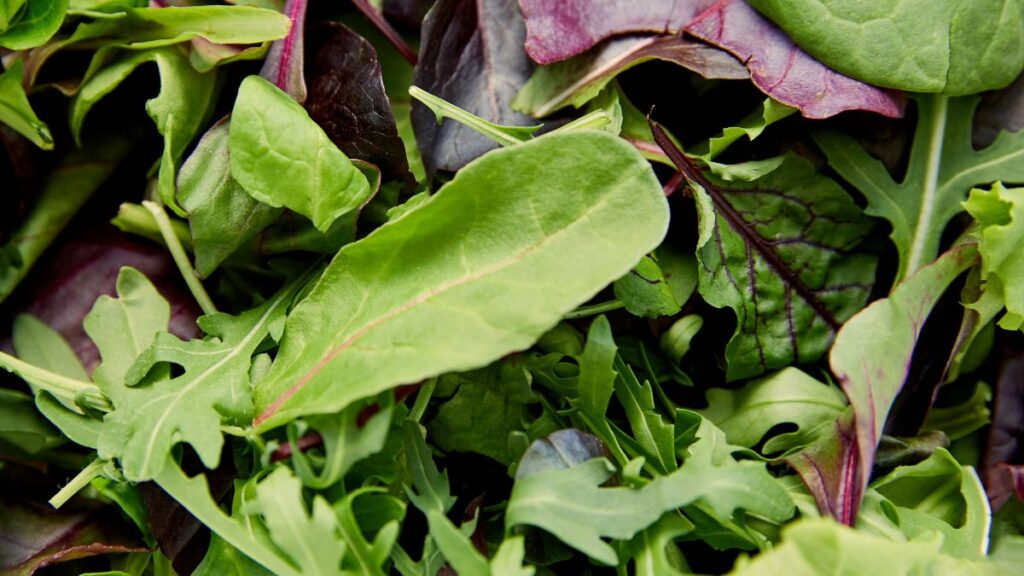
Lettuce is a popular salad ingredient, but it often has dirt clinging to its leaves. This is because lettuce grows close to the ground and can trap soil between the leaves.
To clean it properly, separate the leaves and rinse them under cold running water. If needed, use a vegetable brush to scrub any stubborn dirt. Dry the leaves with a clean towel or salad spinner before serving to ensure they’re completely clean.
Spinach
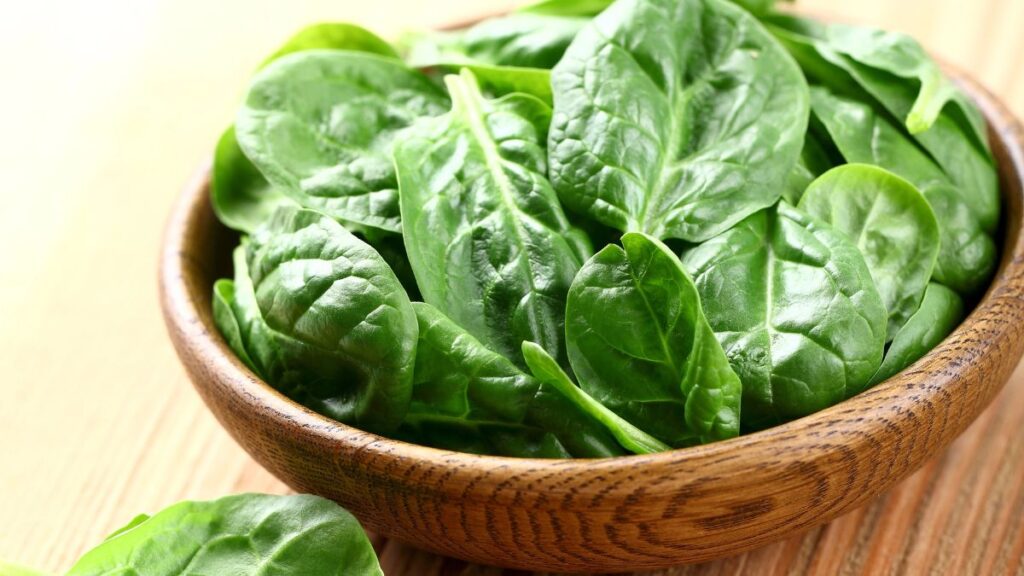
Spinach is another leafy green that can carry dirt and sand. Washing spinach thoroughly is important, especially if you buy it fresh from the farmers’ market.
Fill a bowl with cold water, submerge the spinach, and gently agitate it to help loosen any dirt. Rinse each leaf individually if needed, and pat dry with a towel. This extra effort ensures you’re not eating any unwanted grit.
Potatoes

Potatoes grow underground, which means they often come with dirt still attached. Even if you plan to peel them, washing them first is important to remove any soil and potential bacteria.
Scrub potatoes under cold running water with a vegetable brush to get rid of dirt. Dry them off with a towel before cooking to keep your kitchen clean and avoid transferring any dirt to your cutting board.
Carrots
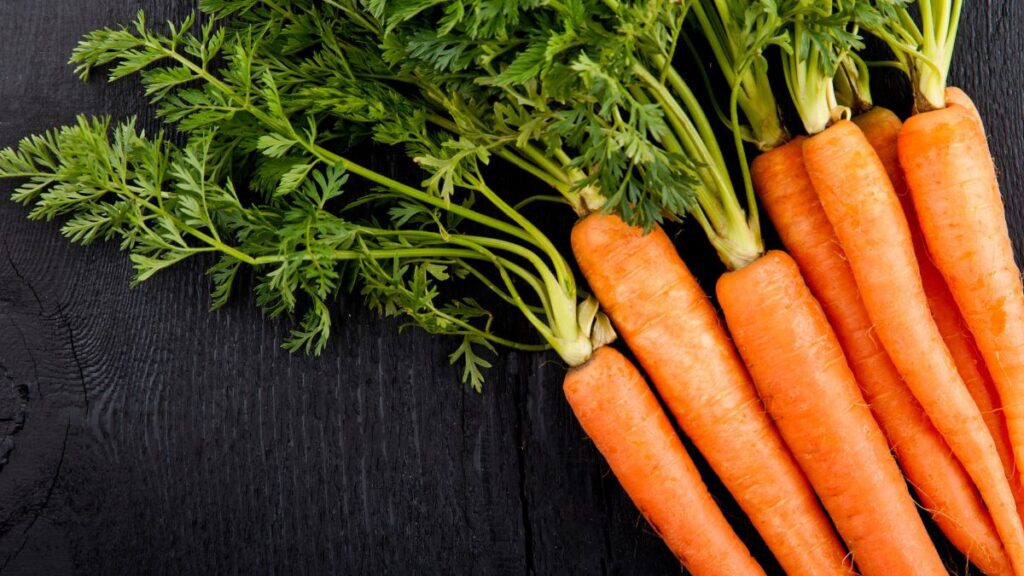
Like potatoes, carrots grow in the ground and can be covered in soil. A quick rinse may not be enough, so use a vegetable brush to scrub them thoroughly. This will help remove any dirt and debris stuck in the crevices.
Carrots can be enjoyed raw, so ensuring they’re clean is especially important. After washing, you can peel them if desired, but make sure the initial cleaning is thorough.
Apples

Apples are often eaten raw, so washing them well is important to remove any pesticide residue or wax. Rinse apples under cold water and use a brush to scrub the surface if needed.
This helps get rid of any residues on the skin. Dry the apples with a clean towel before eating or slicing. Proper washing ensures that you enjoy apples as clean as possible.
Grapes

Grapes can harbor dirt and pesticides, so washing them before eating is important. Rinse grapes under cold water and gently agitate them to remove dirt or residues.
You can use a colander to make washing easier. For added safety, you might soak them briefly in a vinegar-water solution before rinsing. Dry them thoroughly to prevent mold growth.
Tomatoes
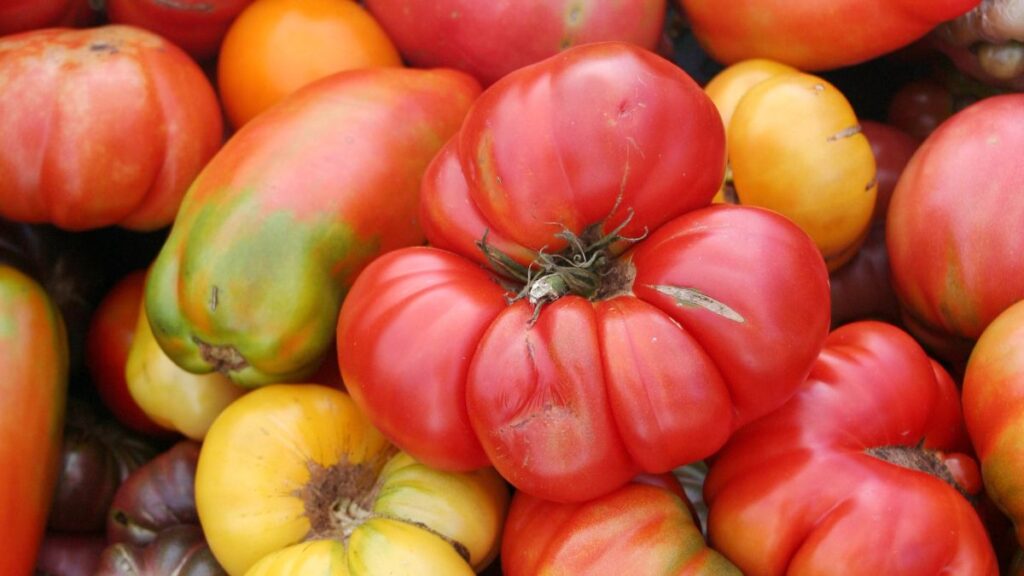
Tomatoes are often covered in a waxy coating that can trap dirt. Rinse them under cold running water and gently rub the surface with your hands to remove any debris.
If you’re using them raw in salads or sandwiches, make sure to wash them well. This helps to remove any dirt and pesticides that might be present on the skin.
Cucumbers
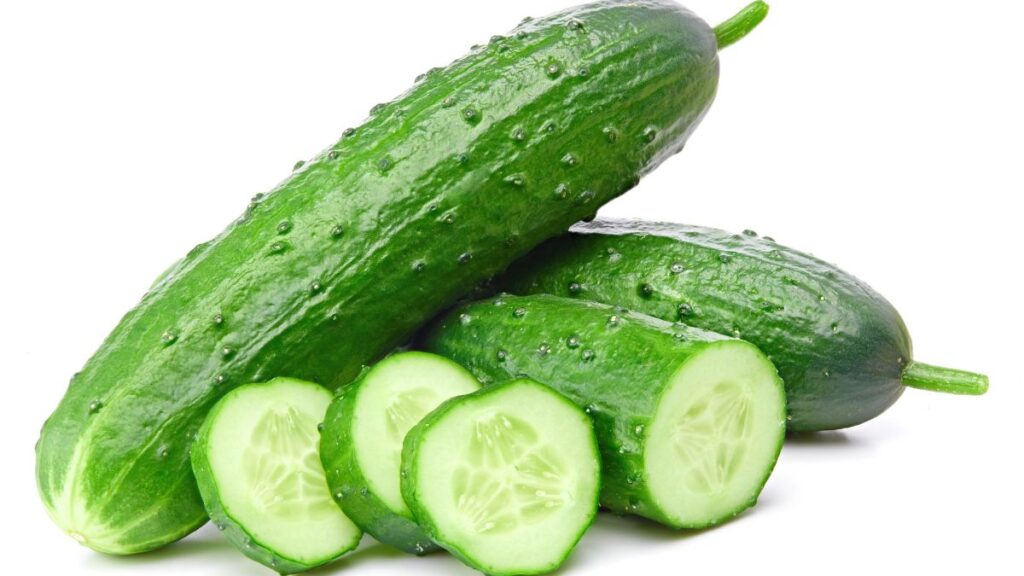
Cucumbers can have dirt and wax on their skin, so washing them before slicing is important. Rinse cucumbers under cold water and use a vegetable brush to scrub them if necessary.
This is especially important if you plan to eat the skin, as it can hold onto contaminants. Dry them with a clean towel before adding them to your dishes.
Bell Peppers
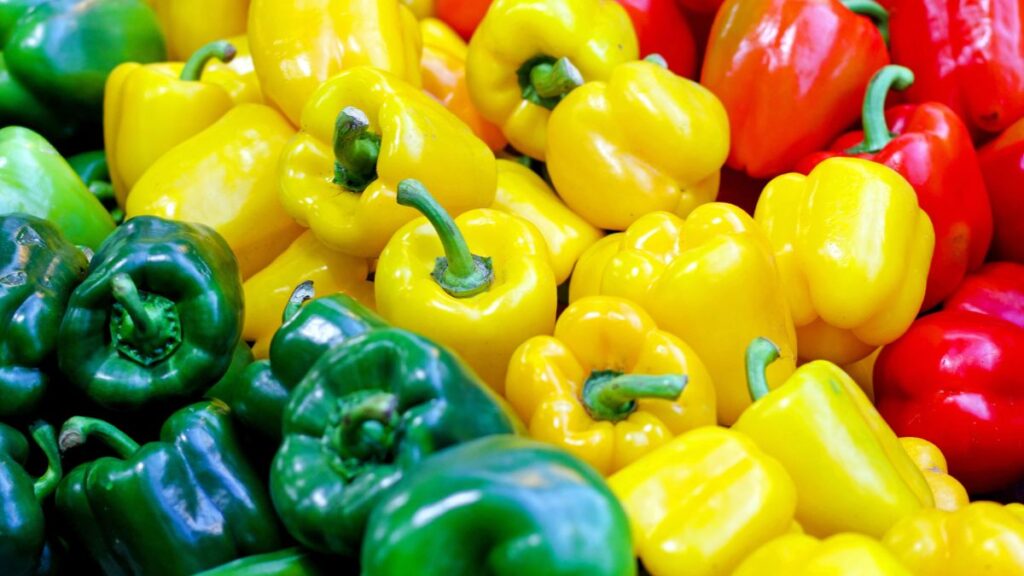
Bell peppers are often coated with a layer of wax to preserve freshness, which can trap dirt. Rinse them thoroughly under cold water and rub the skin to remove any residue.
Using a brush can help to get rid of dirt that might be stuck in crevices. After washing, dry them with a clean towel before cutting or cooking.
Strawberries
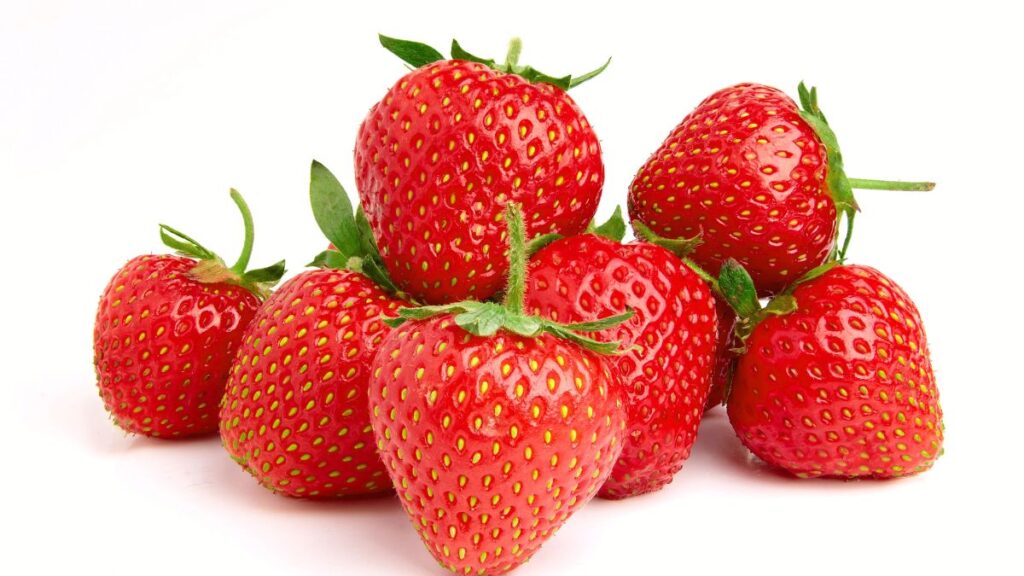
Strawberries can have dirt and pesticides on their surface. Rinse them gently under cold water and pat them dry with a clean towel.
It’s best to wash strawberries just before eating them to maintain their freshness. Avoid soaking them in water for too long, as this can make them mushy and less enjoyable.
Mushrooms

Mushrooms often come with dirt clinging to their surfaces. Instead of washing them under running water, which can make them soggy, use a damp cloth or a mushroom brush to gently clean them.
This helps to remove dirt without affecting their texture. If necessary, you can quickly rinse them and then dry them immediately with a paper towel.
Zucchini
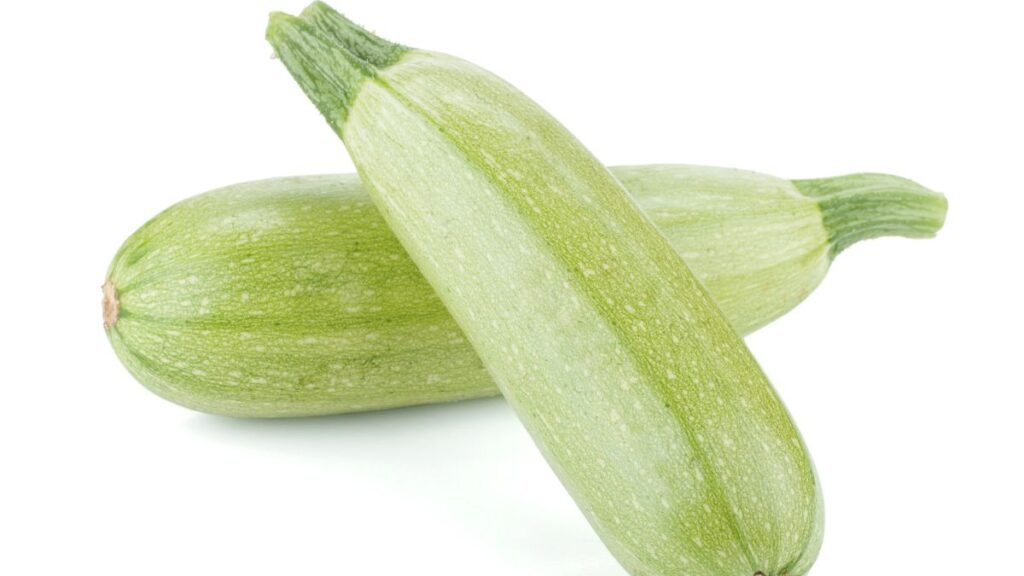
Zucchini can have dirt and wax on their skin, so a good rinse is important. Wash them under cold running water and scrub off any dirt with a vegetable brush.
If you’re not peeling them, make sure to clean the skin thoroughly to remove any contaminants. Dry them with a clean towel before using them in your recipes.
Beets
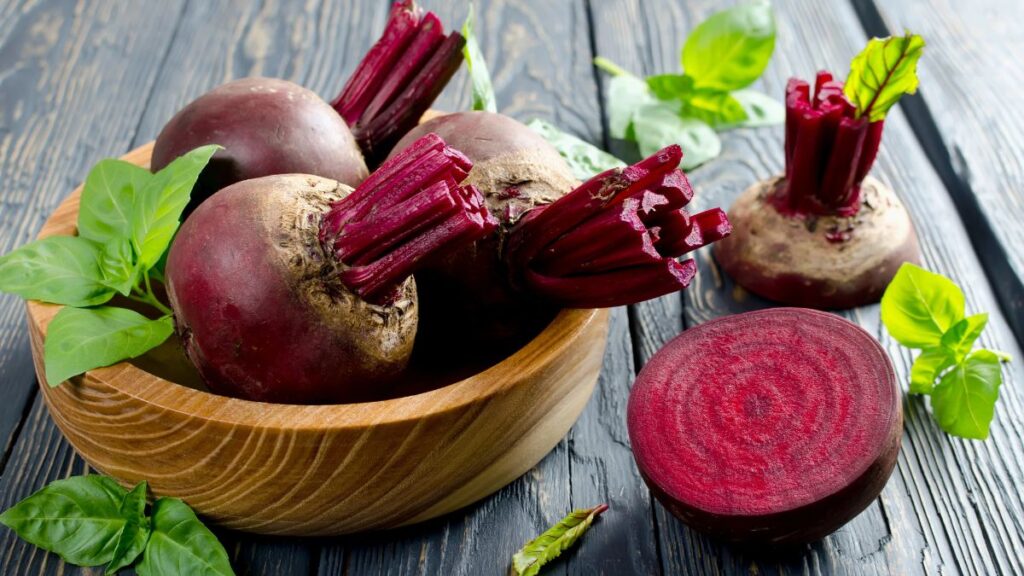
Beets grow underground and often come with soil still attached. Scrub them under cold running water with a vegetable brush to remove all traces of dirt.
You can peel them after washing if you prefer. Beets are delicious roasted or boiled, but proper washing ensures you’re not eating any residual soil.
Cauliflower
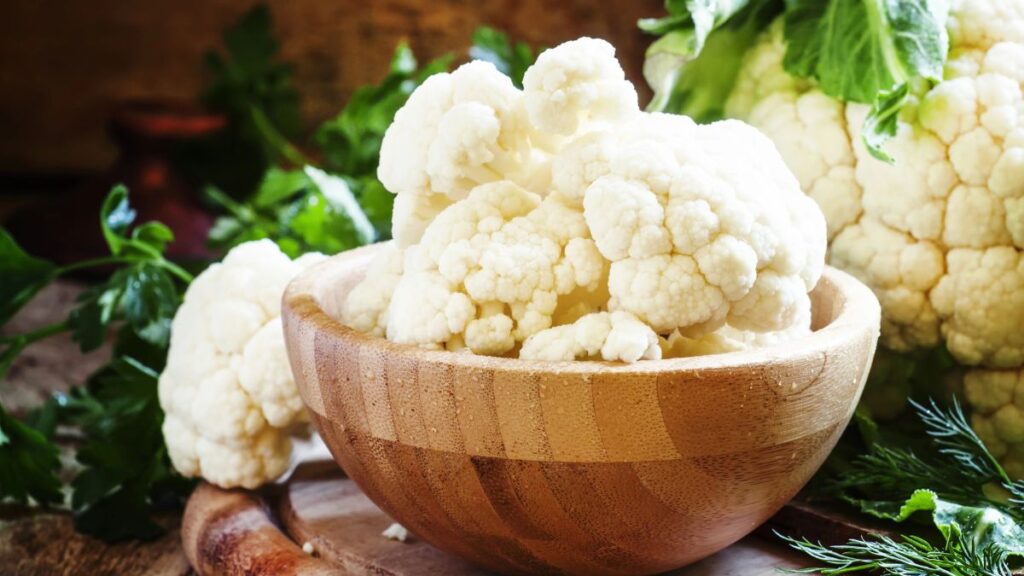
Cauliflower can have dirt trapped in its florets, so it’s important to rinse it thoroughly. Separate the florets and rinse them under cold water, using a vegetable brush if needed.
Soaking cauliflower in a bowl of cold water can help loosen any trapped dirt. After washing, dry the florets before cooking to ensure they’re clean and ready to use.
Corn on the Cob

Corn on the cob often has dirt and silk strands stuck to the kernels. Peel back the husk and rinse the corn under cold running water to remove any dirt and silk.
Use your hands to remove any remaining silk strands. Dry the corn with a clean towel before cooking or grilling to ensure a clean and enjoyable eating experience.
15 Foods Only The Wealthy and Elite Can Eat Now

Culinary trends are constantly evolving, and some foods have become more than just sustenance—they’ve become status symbols reserved for the elite. From rare delicacies to exclusive…
15 Foods Only The Wealthy and Elite Can Eat Now
15 Practical Ways to Save Money During Retirement

Entering retirement doesn’t have to mean giving up a comfortable lifestyle. With strategic planning and simple adjustments, it’s possible to make the most of your retirement…







